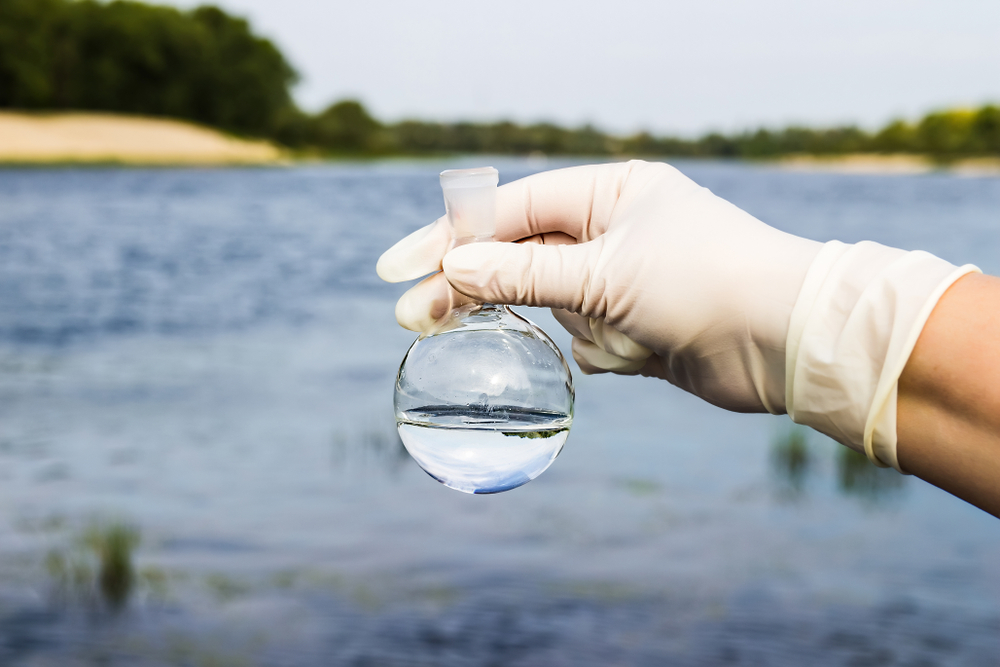Radhika Fox, the EPA’s assistant administrator for water, issued the memo 2022–2032 Vision for the Clean Water Act Section 303(d) Program to the EPA regional administrators in September.
Section 303(d) of the Clean Water Act (CWA) authorizes the EPA to assist states, territories, and authorized tribes in listing impaired waters and developing total maximum daily loads (TMDLs) for these water bodies. A TMDL establishes the maximum amount of a pollutant allowed in a water body and serves as the starting point or planning tool for restoring water quality.
The Section 303(d) program requires states that have jurisdictional waters of the United States (WOTUS) within their borders to develop water-quality standards (WQSs). According to an article by Mitchell, Williams, Selig, Gates & Woodyard PLLC in JD Supra, a WQS has three parts:
- “Designated uses of a waterbody
- The water quality criteria that are necessary to protect existing uses and to attain the beneficial uses designated by the state
- An antidegradation statement or policy to protect uses in high quality water”
Section 303(d) requires states to evaluate all available water-quality-related data and information to develop a list of waters that do not meet an established WQS (i.e., impaired waters) and those that currently meet a WQS but may exceed it in the next reporting cycle (i.e., threatened waters). States then must develop a TMDL for every pollutant/water-body combination on the list.
An essential component of a TMDL is the calculation of the maximum amount of a pollutant that can occur in a water body and still meet a WQS. Within the TMDL, the state allocates this loading capacity among the various point sources and nonpoint sources. Permits for point sources are issued through the EPA’s National Pollutant Discharge Elimination System (NPDES) program.
States are required to update and resubmit their impaired waters list every two years. This process ensures that polluted waters continue to be monitored and assessed until the WQSs are met.
The goals for the updated 2022–2032 vision statement for the 303(d) program are:
- Planning and prioritization goal: to encourage states, territories, and tribes to coordinate program activities in the context of their broader water-quality objectives and identify corresponding waters for plan development priorities that align with those objectives.
- Restoration goal: to encourage the identification, development, and implementation of the most effective approaches for restoring water quality.
- Protection goal: to encourage a proactive and holistic consideration of management actions to protect healthy waters.
- Data and analysis goal: to highlight multiple ways that states, territories, and tribes can expand on and improve the data and information available for CWA Section 303(d) functions.
- Partnerships goal: to encourage communication with governmental entities and nongovernmental stakeholders in ways that lead to productive, sustained collaboration and, ultimately, better water quality.
The vision statement also identifies new focus areas, which include:
- Environmental justice
- Climate change
- Tribal water-quality program development
- Program capacity-building
For more information, see the EPA’s 2022–2032 Vision for the Clean Water Act Section 303(d) Program.

